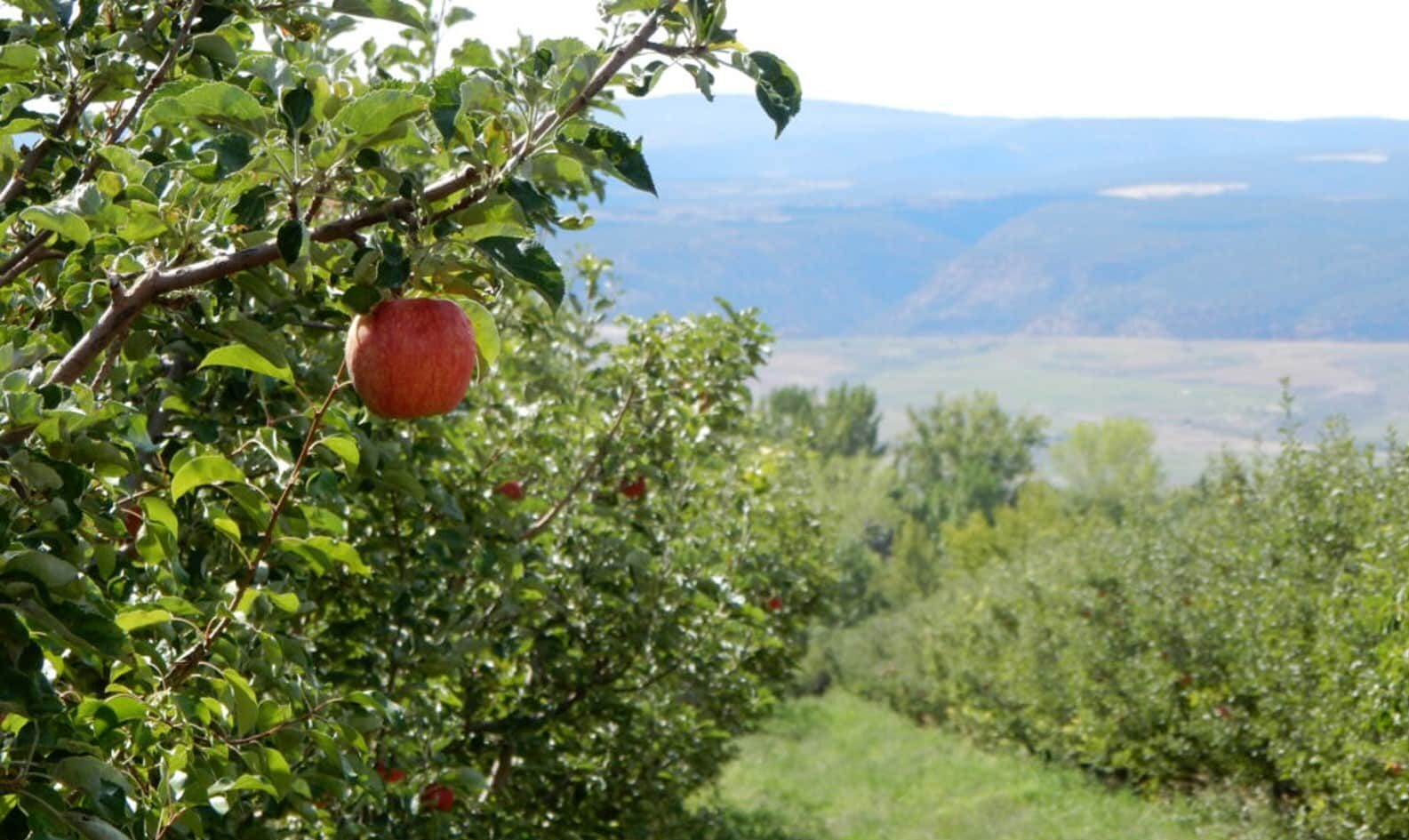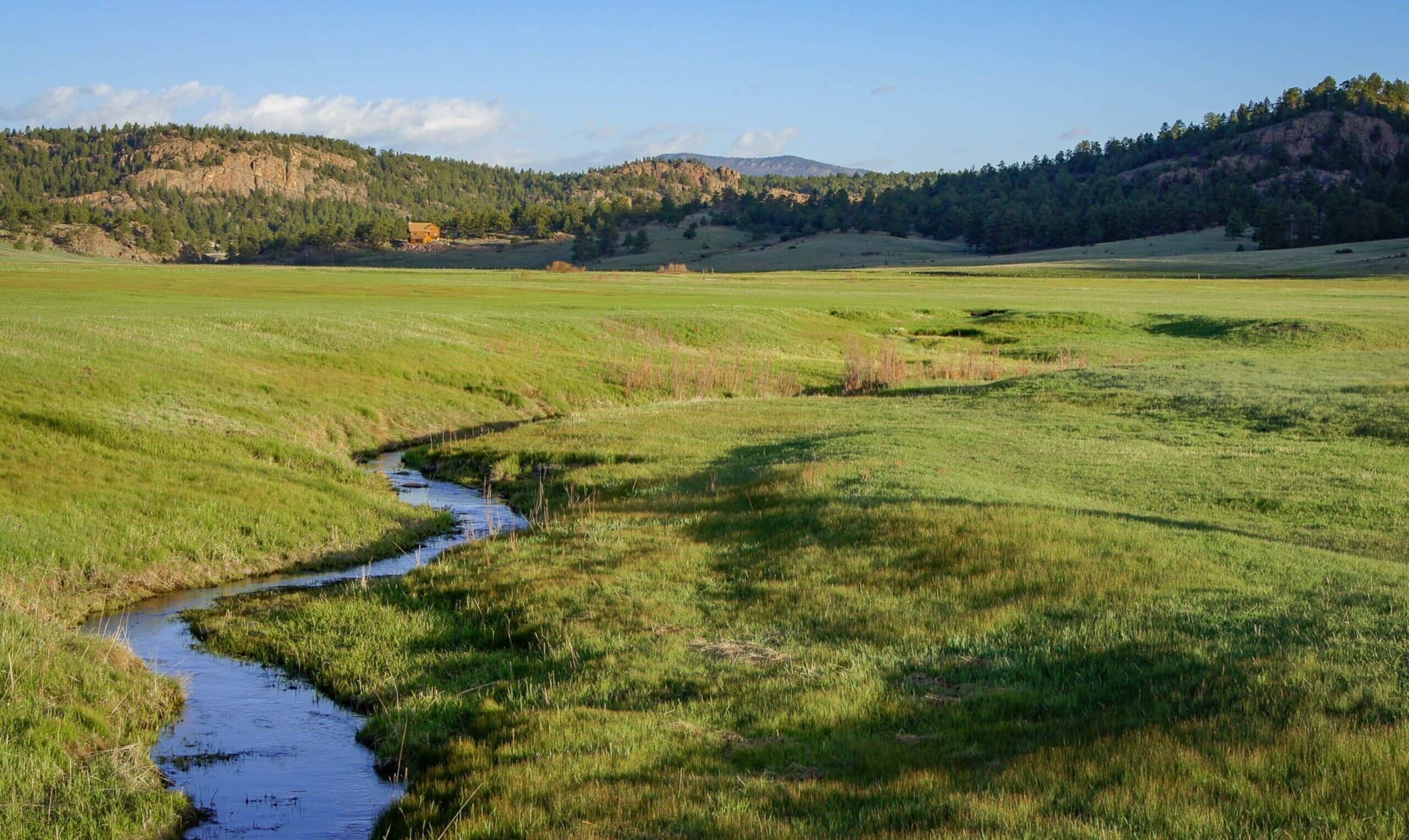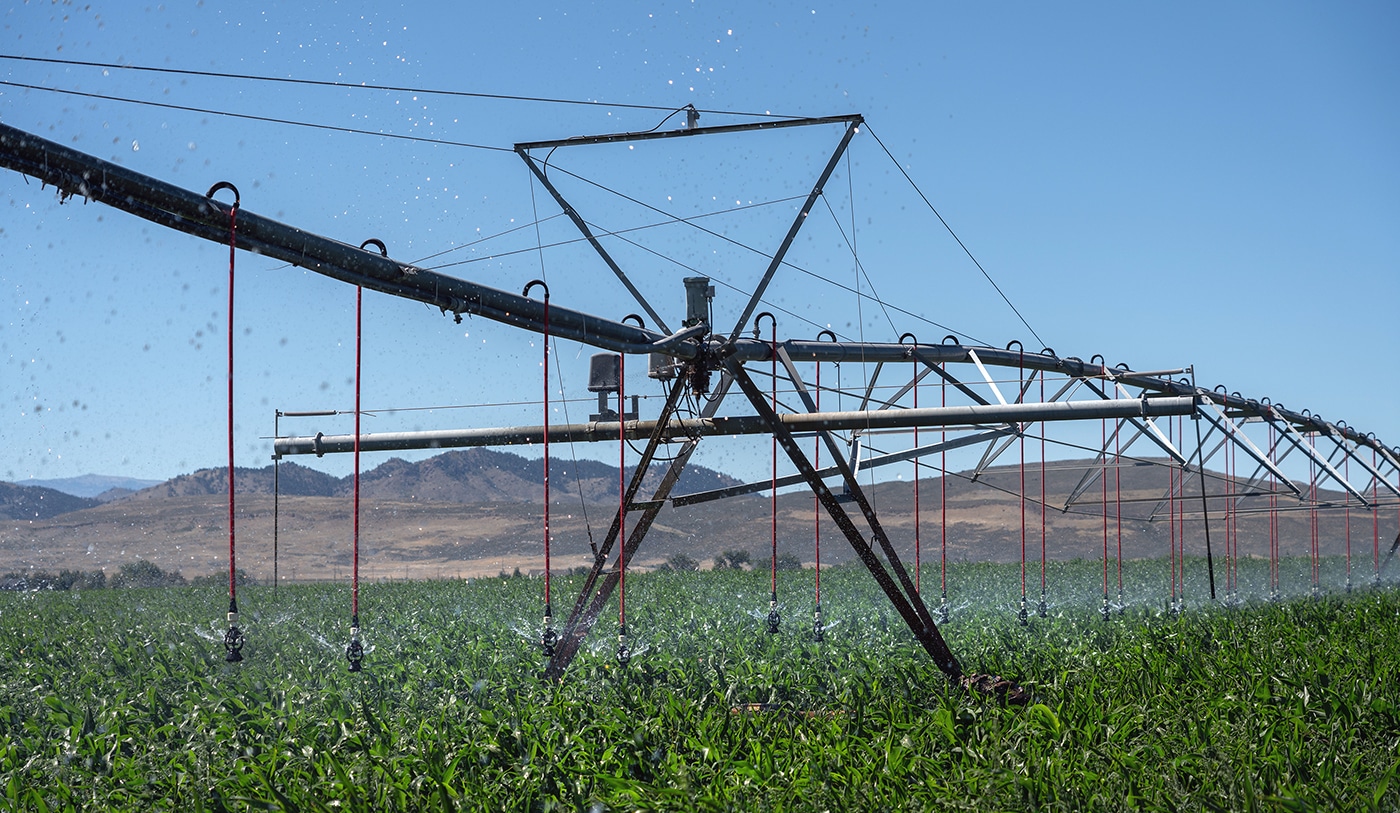Upper Colorado River Basin
MISSION OF THE BASIN: Proactively manage water conservation in the face of climate change and drought.
Drought and climate change are affecting almost every river system in the western United States, but the 1,450-mile Colorado River is one of the most impacted.
Between 2000 and 2020, Colorado River water use exceeded natural flows by 1.6 million acre-feet per year—draining the nation’s largest reservoirs and precipitating a crisis across the basin. Congress responded with a $4 billion investment for drought response in the Inflation Reduction Act (IRA).
Funds are being used to compensate users who reduce water use—and to support ecosystem and habitat restoration projects that address drought-related issues. While immediate, temporary reductions may help address the crisis in the near term, The Freshwater Trust (TFT) is focused on deploying funds in ways that build long-term drought resilience, as the effects of climate change are likely to worsen over time. According to the U.S. Geological Survey, natural flows in the basin could decrease even further—up to 31% by 2050.
TFT’s analytics, commissioned by the Colorado River District and some of the largest water users in the Upper Basin, direct funding to impactful projects—helping water users design conservation programs and modernize irrigation systems in ways that provide them with improved ability to address drought, manage water, and enhance river conditions. This coordinated, systems-based approach helps stakeholders achieve multiple objectives simultaneously: sustaining farms, ranches, and rural economies; increasing river flows; improving water quality; and preserving wetlands, wet meadows, and aquatic habitat.



